This week, we have been taking a look at the different species of wildflower that go to make up our native landscape turf. We have been producing wildflower turf for over 11 years now and the 34 species came about after much time spent researching and trialling the perfect balance of wildflowers and grasses. We feel the native seed mixture for our Landscape Wildflower Turf, provides the perfect blend of colour, form and height. Each species was chosen for their many qualities from wildlife havens, nectar sources, weed suppressants, flowering season, drought toleration to just being fabulously pretty. Below are just some of the incredible facts about our native wildflowers that we have unearthed this week.
GREAT FOR WILDLIFE
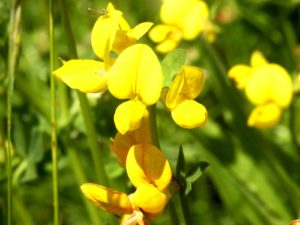
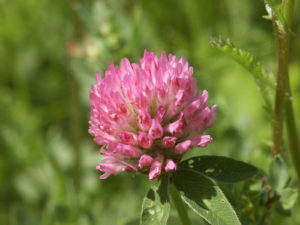
Birdsfoot Trefoil, commonly known as Eggs and Bacon, we think it looks more like scrambled egg – what do you think. Earns it’s place in our wildflower turf as it is loved by bumble bees offering a very rich nectar source. Red Clover, another bee magnet but makes a very pleasant herbal tea as well.


Common Toadflax, also known as the snapdragon, a great flower. Its offers a rich nectar source for both bees and moths. Common Knapweed (right) is particularly great for the butterfly lovers – meadow brown, painted lady, small copper and the small skipper all love this.

Sheeps bit – Jasione montana, visible under ultraviolet light making it a pollinators favourite.
CULINARY DELIGHTS
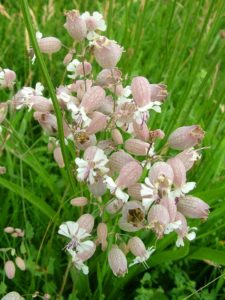
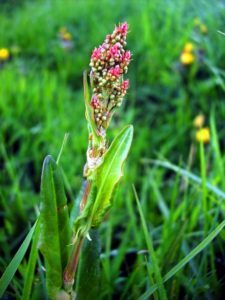
Bladder campion (left), not only is it incredibly pretty but it is used widely in Italian cuisine as flavouring in omlettes and risotto. Common Sorrel (right) can be used as a herb or addition to salad as a leaf vegetable. It’s taste is thought to be similar to kiwi or wild strawberries.
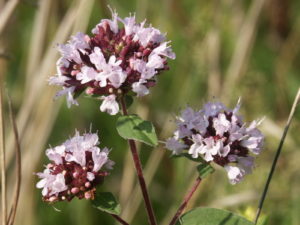
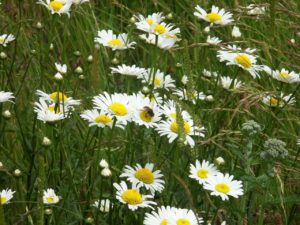
Wild Marjoram or Oregano is a fabulous herb to have in your wildflower patch to be able to pick fresh for pastas. It has also become a favourite with florists, being a lovely herby addition to a brides bouquet. Ox eye daisy (right) is one of my favourites, statuesque and beaming happiness, but also has a fascinating culinary use. The unopened flower buds can be used in the same way as caper berries.

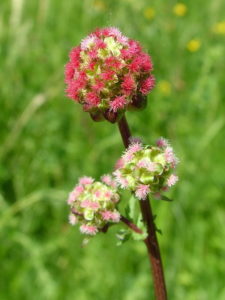
Ragged Robin (left) is sadly declining amongst our native wildflowers – a great favourite for butterflies and long tongued bees, it was important for us to have this plant amongst our turf. Salad Burnet (right) tasting similar to mild cucumber, a great addition to salads.
MEDICINAL


Self Heal – a lovely herb, edible and medicinal, particularly good when poulticed onto wounds. Betony is a smallish wildflower is fascinating, meant to be great for headaches, originally planted into churchyards as a Roman physician claimed it was effective against sorcery and warding off evils. Dried leaves have been known to be used as a substitute for snuff and also can be made into a herbal tea. Flowers June to October.
FABULOUS FLOWERS
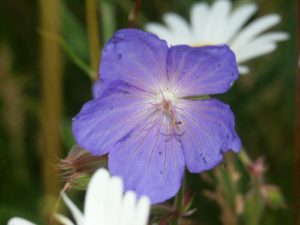
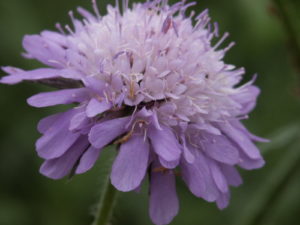
These two are my personal favourites, based on colour and pretty although there are plenty of others that might fit the bill for you. Meadow Cranesbill on the left and Scabious on the right.
HISTORICAL AND INTERESTING FACTS
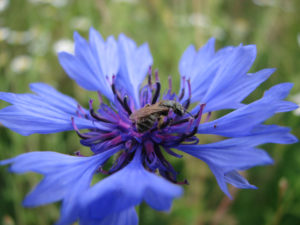

The Cornflower has much history but one fact that I really liked was that in folklore, they were worn by young men in love; if the flower faded too quickly, it was taken as a sign that the man’s love was not returned. The Cowslip (right) is part of the primula family. It has been in decline over the last 40 years but known to flourish in cow pastures from where the name was derived. Cowslip is the old English for ‘cow dung’. A lovely sunny plant, one of the first to bloom amongst the 34 species in our wildflower turf.
COMPANION PLANTING

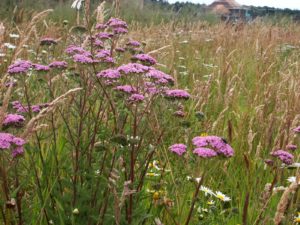
Wild Carrot: A companion plant, thought to boost tomato plant production when planted nearby. Yarrow Milfoil (right) often planted as can repel insect pests. Known for healing properties
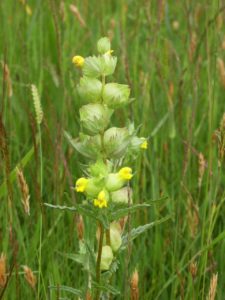
Yellow Rattle: Great for biodiversity, restricts grass growth allowing other species to thrive.
Next week we are going to take a look at some non-native wildflowers that feature in our Border Turf and talk about the case for and against non -natives. Have a great weekend and do leave a comment on here, on our facebook page or twitter with your thoughts on our wildflower focus this week.
Emma